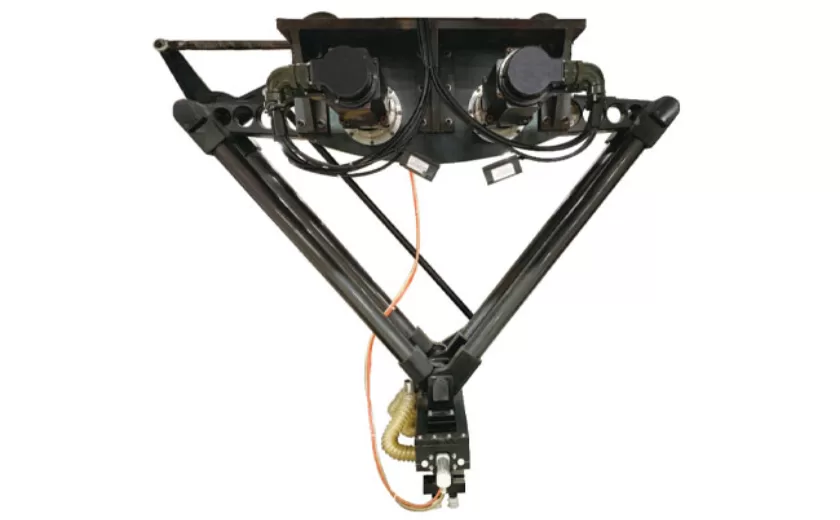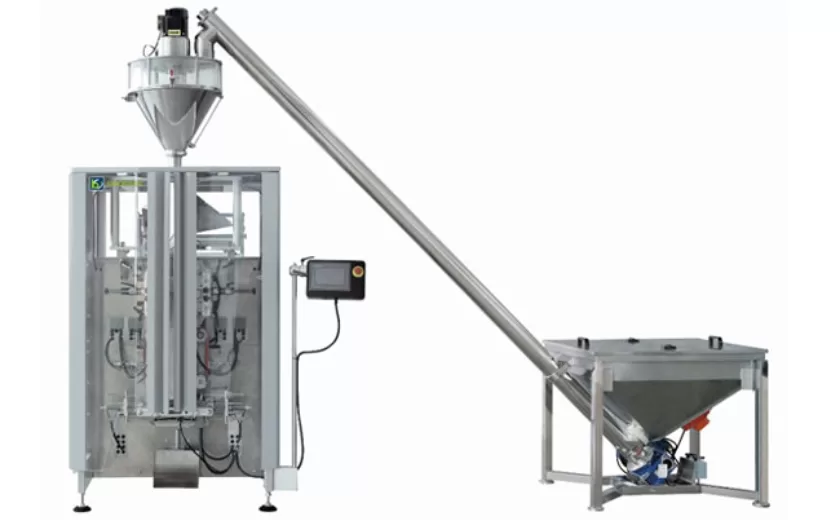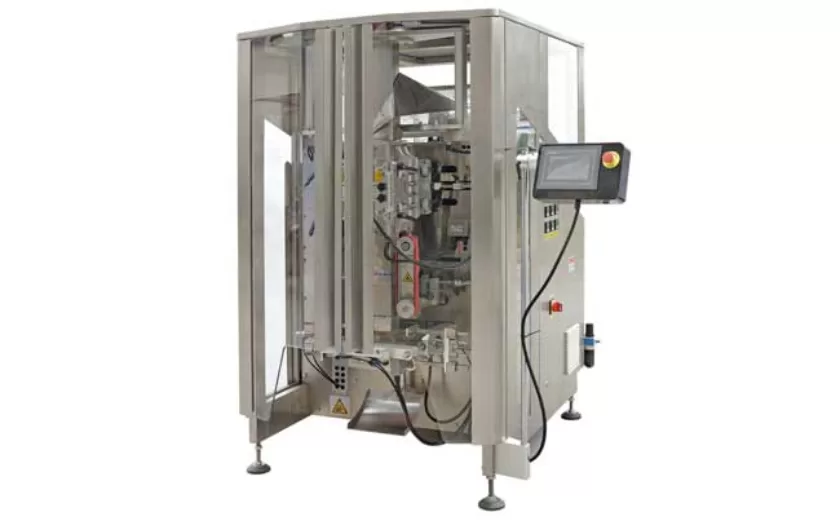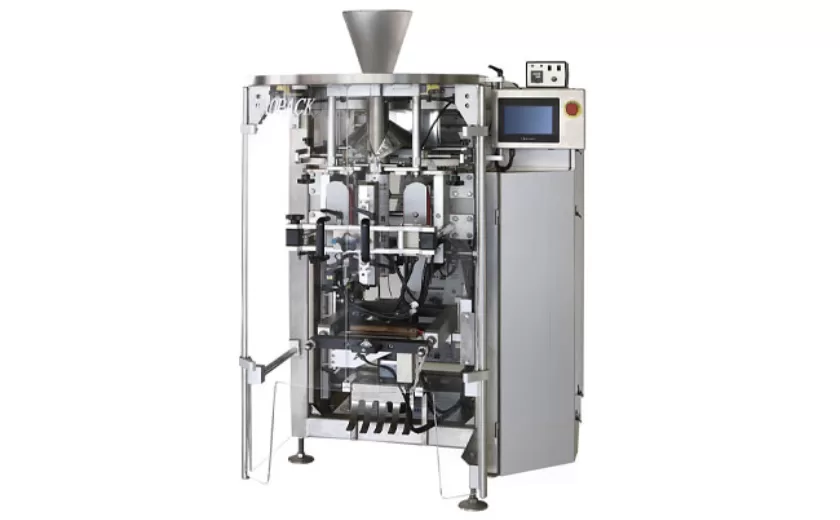Best Practices for Maintaining Hygiene in Single Pouch Filling Operations
In the realm of food and beverage production, hygiene holds paramount importance. Single pouch filling operations present unique challenges in this regard, necessitating the implementation of stringent best practices to ensure the safety and quality of the final products. This article delves into the essential elements of hygiene maintenance in single pouch filling operations, providing a comprehensive guide for industry professionals seeking to uphold the highest standards of sanitation.
Pre-Filling Hygiene Measures
Cleaning and Sanitation of Equipment: Prior to filling operations, it is crucial to thoroughly clean and sanitize all equipment and surfaces that will come into contact with the products. This involves using effective cleaning solutions and following proper disinfection procedures to eliminate any potential contaminants or microorganisms.
Personnel Hygiene: Strict adherence to personal hygiene practices among operators is essential. This includes regular handwashing, use of protective clothing (e.g., gloves, hairnets), and avoidance of touching products with bare hands. Adequate training and supervision are key to ensuring compliance with these measures.
Process Hygiene Controls
Environmental Monitoring: Regular environmental monitoring is crucial to detect and control the presence of microorganisms in the filling area. This involves conducting air and surface swabs to identify and quantify potential sources of contamination. Data obtained from monitoring allows for timely corrective actions to prevent the growth and spread of microorganisms.
Product Integrity Verification: In-process verification of product integrity is essential to ensure that pouches are not damaged during filling, which could create entry points for contamination. Automated inspection systems or manual checks can be used to detect any breaches or defects that compromise the safety of the products.
Sealing and Packaging Hygiene: The sealing and packaging process should be conducted in a controlled environment to minimize the risk of contamination. Proper ventilation and filtration systems help reduce airborne microorganisms, while automated sealing machines ensure consistent and hygienic pouch closures.
Post-Filling Hygiene Procedures
Storage and Distribution: After filling, pouches should be stored and distributed under controlled conditions to prevent the growth of microorganisms. Proper temperature control, humidity regulation, and protection from physical damage are essential to maintain product quality and safety during storage and transportation.
Recalls and Corrective Actions: In the event of a suspected or confirmed hygiene issue, it is essential to have a robust recall and corrective action plan in place. This should include clear protocols for identifying affected products, initiating prompt recalls, and conducting thorough investigations to determine the root cause and implement preventive measures.
Continuous Improvement and Training
Monitoring and Evaluation: Regular monitoring and evaluation of hygiene practices are crucial to identify areas for improvement and ensure ongoing compliance. This involves conducting internal audits, reviewing environmental monitoring data, and seeking feedback from industry experts.
Training and Education: Ongoing training and education for all personnel involved in single pouch filling operations are essential to promote a culture of hygiene consciousness. This includes regular updates on good manufacturing practices, hygiene protocols, and the consequences of poor hygiene practices.
By adhering to these best practices, single pouch filling operations can effectively maintain hygiene throughout the production process, ensuring the safety and quality of food and beverage products. Continuous monitoring, training, and improvement efforts are key to achieving and sustaining a high level of hygiene that protects consumers and preserves brand reputation.
-
Advanced Packing Solutions: Snacks, Sugar, and Frozen Food Machines
29-10-2025 -
Efficient and Reliable Solutions for Salt, Nuts, and Frozen Dumplings Packing
29-10-2025 -
High-Performance Biscuits, Lollipop, and Ketchup Packing Machines for Modern Food Production
29-10-2025 -
Efficient Liquid Filling and Packing Machines for Modern Production
23-10-2025 -
Reliable Granule Packaging Machines for Efficient Production
23-10-2025 -
Efficient Auger Powder Filling Machines for Accurate Packaging
23-10-2025 -
High-Performance Liquid Filling and Packing Machines for Hygienic Production
10-10-2025 -
High-Efficiency Granule Packaging Machines for Precision and Speed
10-10-2025 -
High-Precision Auger Type Powder Filling Machines for Efficient Packaging
10-10-2025 -
Efficient Vertical Form Fill Seal Packaging Machines for Smart Production
10-10-2025











